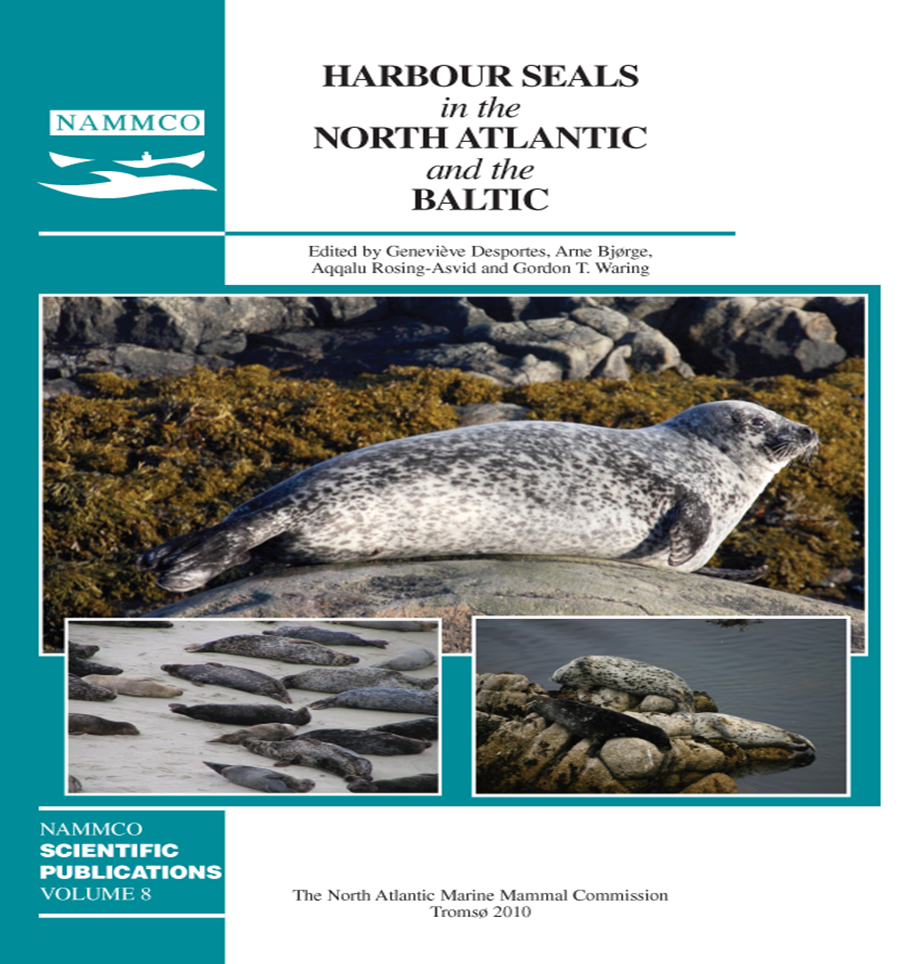Status of the harbour seal (Phoca vitulina) in Southern Scandinavia
DOI:
https://doi.org/10.7557/3.2674Keywords:
harbour seals, Scandinavia, distribution, abundanceAbstract
The harbour seal population in Southern Scandinavia has experienced repeated declines caused by hunting and epizootics. These events have shaped the current distribution and abundance of the population. This paper assesses the current status of the population. We estimate trends in abundance of harbour seals from long term survey data, compare these with historic trends inferred from previously published material, and discuss past and potential threats to the harbour seal population of Southern Scandinavia. It is evident that harbour seals have disappeared from haulout areas along the Danish shores of Kattegat and in the westernmost part of the Baltic Sea, where they were previously numerous. In the 1920-30s, when abundance was at its lowest, the population is estimated to have been only a fraction of its original size. Following 30 years of protection the population is currently approaching historic abundance and might have reached the carrying capacity in some areas. Further development depends largely on effects of future epizootics, anthropogenic disturbance, and availability of suitable haulout sites.Downloads
Published
2013-09-23
How to Cite
Olsen, M. T., Andersen, S. M., Teilmann, J., Dietz, R., Edrén, S. M. C., Linnet, A., & Härkönen, T. (2013). Status of the harbour seal (<i>Phoca vitulina</i>) in Southern Scandinavia. NAMMCO Scientific Publications, 8, 77–94. https://doi.org/10.7557/3.2674
Issue
Section
Articles





